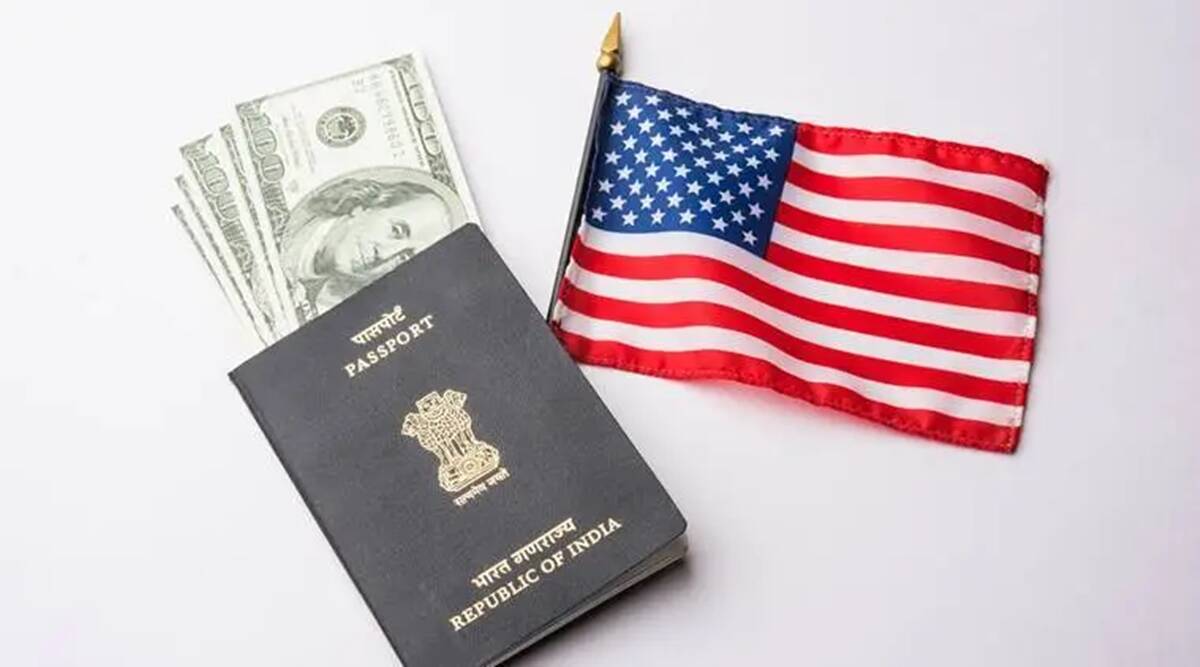Yes, it is true that the United States government provides work permits for spouses of H-1B visa holders, which includes Indian spouses. This program is known as the H-4 Employment Authorization Document (EAD) program.
The H-1B visa is a nonimmigrant visa that allows US employers to temporarily employ foreign workers in specialty occupations. Many of these visa holders are from India, and their spouses often accompany them to the United States on H-4 dependent visas.
Until 2015, H-4 visa holders were not allowed to work in the US. However, that year, the US government announced a new rule requiring some H-4 visa holders, especially those whose H-1B spouses were in the process of obtaining lawful permanent residence (green cards), to apply for employment authorization. The application was allowed.
This rule change was particularly beneficial to Indian spouses of H-1B visa holders, as they constitute a significant portion of the H-4 visa population. The H-4 EAD program has allowed many of these spouses to work in the United States, contribute to the economy, and improve their career prospects. However, the H-4 EAD program has also been the subject of controversy, and its future remains uncertain.
However, based on the information you provided, it appears that a judge in the US has handed down a ruling that allows partners of H-1B visa holders to work in the country, thereby increasing the number of foreign workers in the US tech sector. gets relief.
The decision could especially benefit a large number of Indian workers who hold H-1B visas. H-1B visas are temporary work visas that allow employers to hire foreign workers in specialty occupations such as technology or engineering.
The ruling could help ease some of the challenges faced by foreign workers and their families who are working and living in the US.
This is correct. The H-1B visa program was created to allow American companies to employ skilled foreign workers in specialty occupations that require specialized knowledge, such as those in the fields of science, engineering, and technology.
The program is administered by the United States Citizenship and Immigration Services (USCIS) and allows companies to hire workers from other countries for temporary periods, usually up to six years.
Many technology companies, in particular, have turned to the H-1B program to fill positions with skilled workers from countries such as India and China, who often have expertise in areas such as software engineering, data analysis, and artificial intelligence. .
It appears that US District Judge Tanya Chutkan dismissed the lawsuit filed by Save Jobs USA. The lawsuit sought to overturn an Obama-era rule that allowed employment authorization cards to be issued to partners of certain categories of H-1B visa holders.
The judge's decision means the regulation will remain in place for now, allowing partners of H-1B visa holders to continue to work legally in the United States.
The H-4 visa program allows the spouses and dependent children of H-1B visa holders to move with them to the United States. H-1B visas are temporary visas issued to foreign workers in specialty occupations such as science, engineering, and information technology.
Under the H-4 visa program, spouses of H-1B visa holders may be authorized to work in the United States if their H-1B spouse meets certain criteria. In 2015, the Department of Homeland Security (DHS) issued a rule allowing certain H-4 spouses to apply for employment authorization.
The legality of this rule has been challenged by various groups, including Save Jobs USA, which argues that DHS does not have the authority to issue such a rule.
Judge Chutkan's decision potentially addresses the legal question of whether DHS had authority to issue a rule that allowed certain H-4 spouses to work in the United States. This decision could have an impact on the H-4 visa program and the ability of H-4 spouses to work in the United States.





























0 Comments